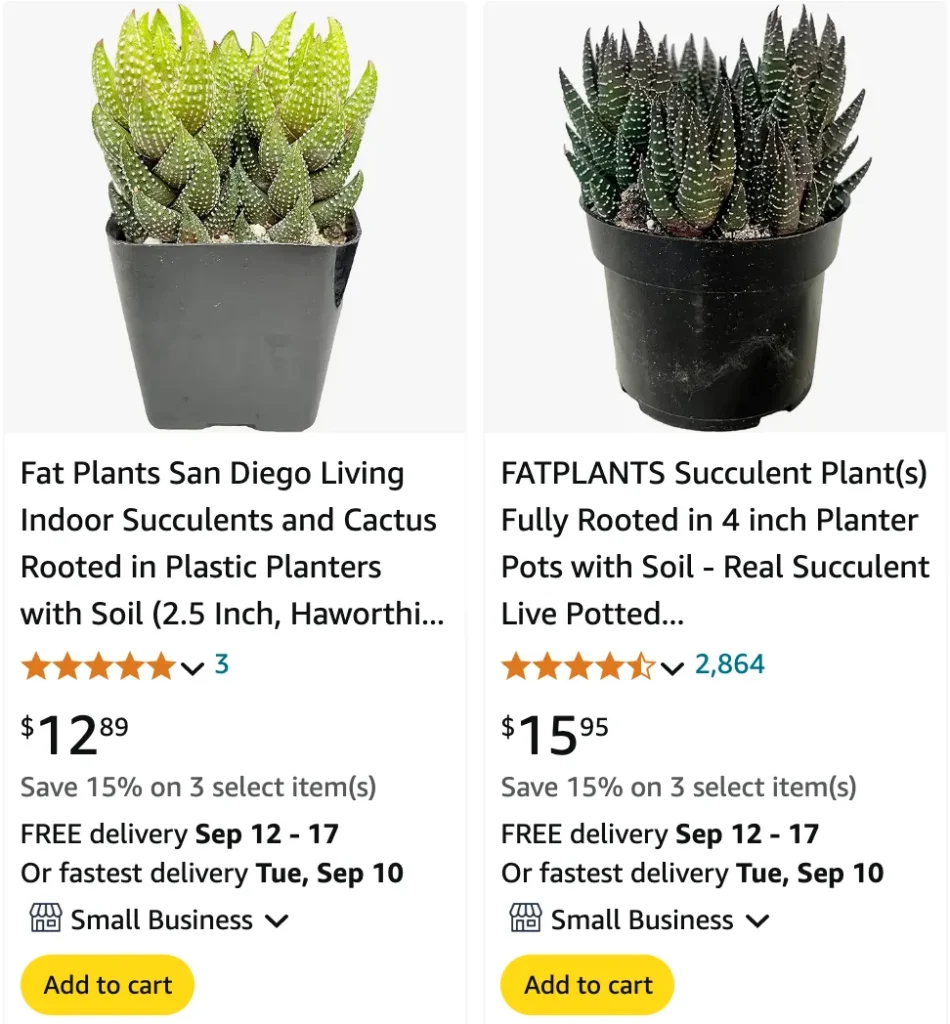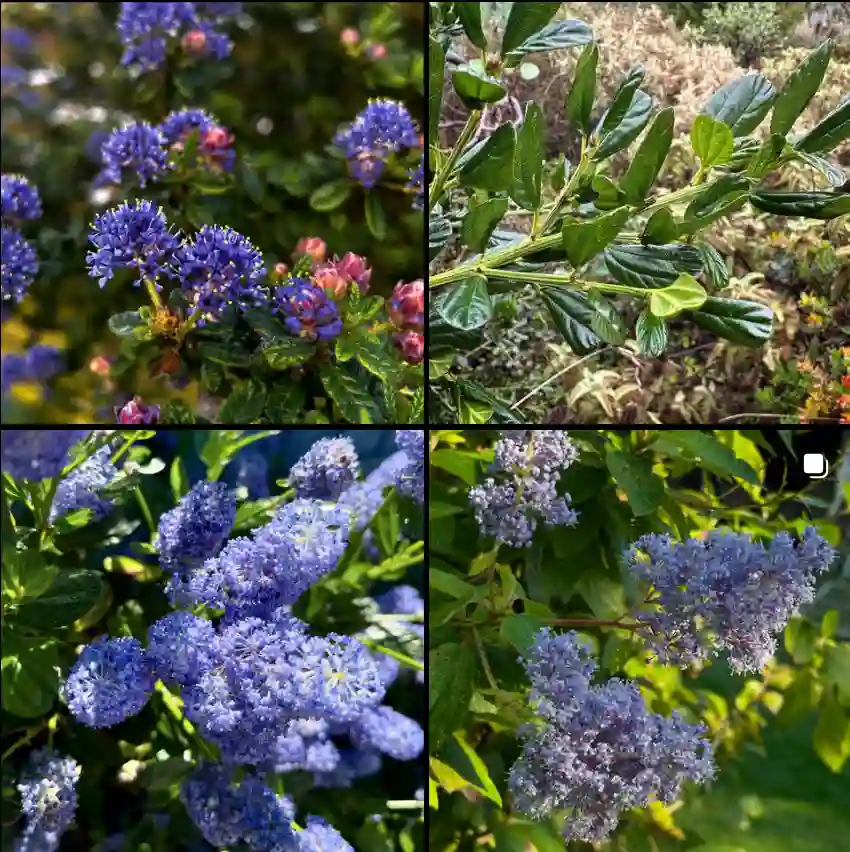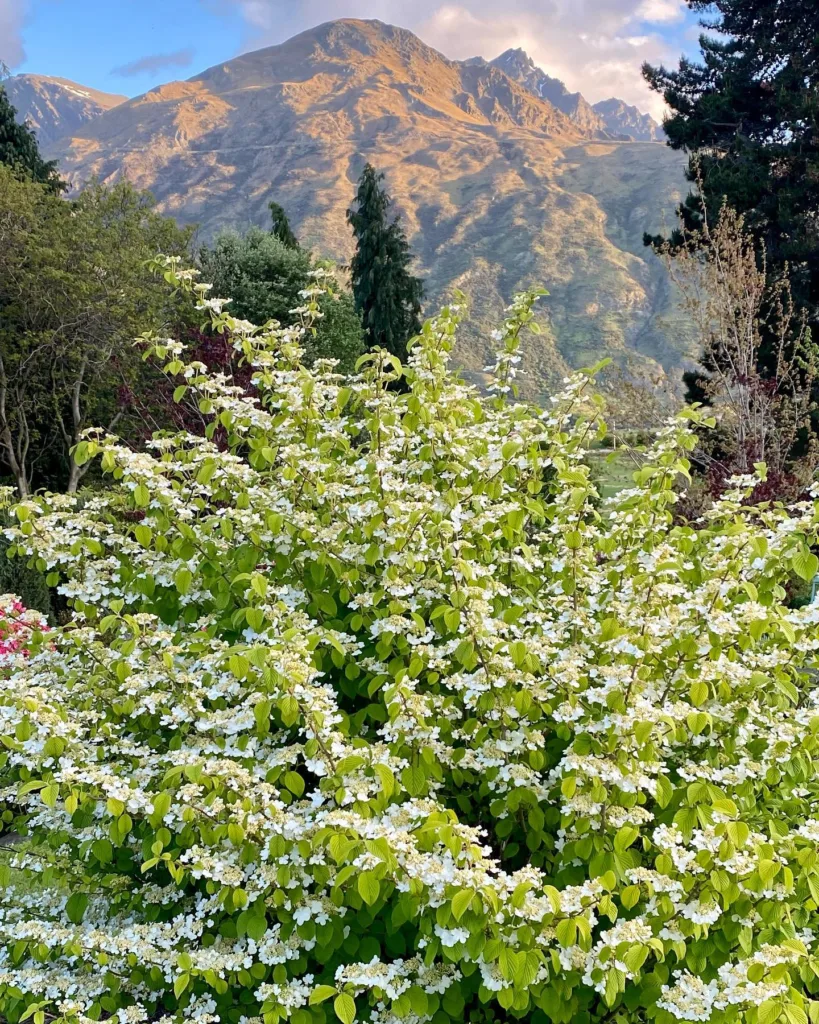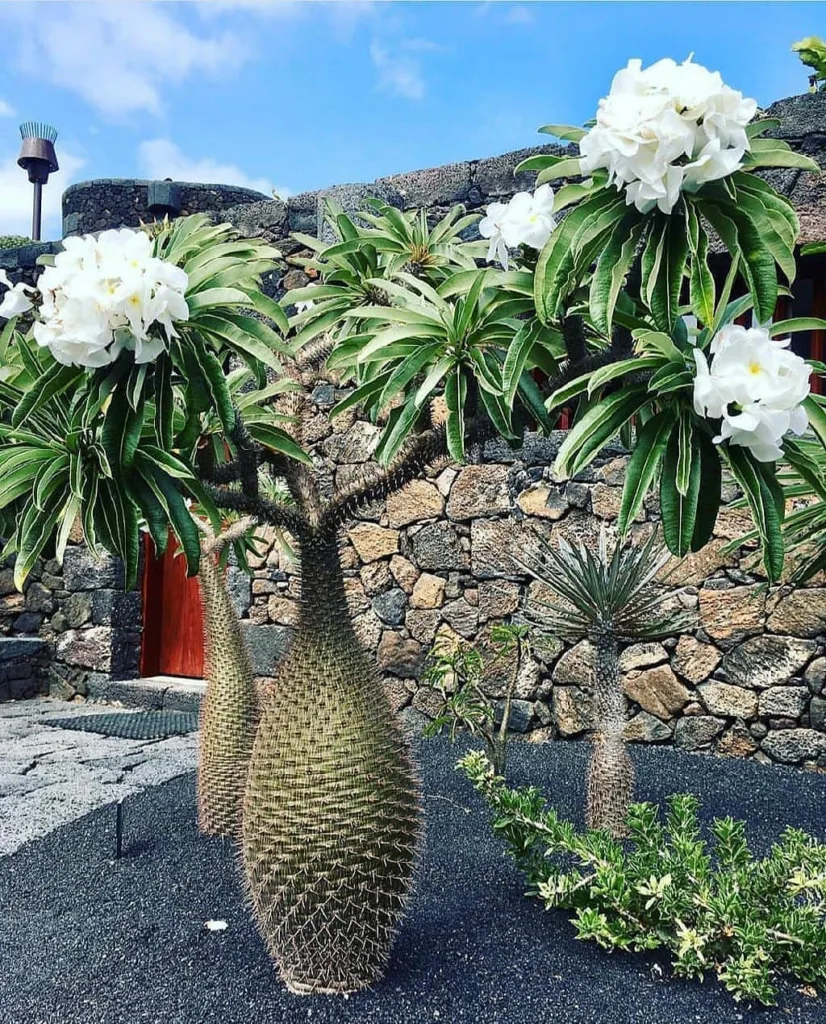
FAQs About Haworthia Reinwardtii
As a plant enthusiast, I’ve had my fair share of experiences with various succulent species, and Haworthia Reinwardtii is definitely a standout. This charming little succulent is known for its unique rosette shape and striking appearance. If you’re considering adding this plant to your collection or need some guidance on its care, here are some frequently asked questions about Haworthia Reinwardtii, based on my personal experiences.
59 Species in Genus Haworthia
What Is Haworthia Reinwardtii?
Haworthia Reinwardtii is a small succulent native to South Africa. It’s a member of the Asphodelaceae family, which includes other popular succulents like Aloe and Gasteria. The plant forms a rosette of fleshy, triangular leaves with distinctive white, warty tubercles that give it a unique texture. It’s a slow-growing plant, making it ideal for smaller pots or as part of a succulent arrangement.
How to Care for Haworthia Reinwardtii?
Caring for Haworthia Reinwardtii is relatively straightforward, making it a great choice for both beginners and experienced succulent growers. Here are the key aspects of its care:
- Light: Haworthia Reinwardtii prefers bright, indirect light. Too much direct sunlight can scorch its leaves, while too little light may cause the plant to become etiolated and stretch out. A spot with filtered sunlight or under a grow light works well.
- Watering: This succulent is drought-tolerant and does not require frequent watering. Allow the soil to dry out completely between waterings. Overwatering can lead to root rot, which is a common issue with succulents. During the winter months, reduce watering even further as the plant’s growth slows down.
- Soil: Use a well-draining cactus or succulent mix. Adding perlite or pumice to the soil can improve drainage and prevent water from sitting around the roots.
- Temperature: Haworthia Reinwardtii thrives in temperatures between 65°F and 80°F (18°C to 27°C). It can tolerate short periods of cooler temperatures but should be protected from frost.
How to Propagate Haworthia Reinwardtii?
Propagating Haworthia Reinwardtii is a rewarding process and can be done through several methods:
- Offsets: The most common method of propagation is by using offsets or “pups.” These small rosettes form around the base of the parent plant. Gently separate the offsets from the main plant, ensuring that each offset has some roots. Plant them in a new pot with well-draining soil.
- Leaf Cuttings: Although less common with Haworthias, you can try propagating from leaf cuttings. Carefully twist a healthy leaf from the plant, let it dry for a few days to callus over, and then plant it in soil. However, this method is less reliable compared to offsets.
Can You Grow Haworthia Reinwardtii Indoors?
Yes, Haworthia Reinwardtii is an excellent choice for indoor gardening. Its compact size and low light requirements make it perfect for indoor environments. Place it near a window where it can receive bright, indirect light. It can also thrive under fluorescent grow lights if natural light is insufficient.
Is Haworthia Reinwardtii Toxic?
Haworthia Reinwardtii is non-toxic to humans and pets. It’s a safe choice for households with animals or small children. However, it’s always good practice to prevent pets from chewing on houseplants, as ingesting large quantities of any plant material might cause mild digestive upset.
What to Plant With Haworthia Reinwardtii?
Haworthia Reinwardtii pairs well with other low-maintenance succulents and cacti in a mixed arrangement. Consider combining it with plants like Echeveria, Aloe Vera, or other Haworthia varieties for a visually appealing succulent garden. When creating a mixed arrangement, ensure all plants have similar care requirements for optimal growth.
Benefits of Growing Haworthia Reinwardtii
One of the main benefits of Haworthia Reinwardtii is its low maintenance. It requires minimal watering and thrives in less-than-ideal light conditions. Its unique texture and form also make it a visually interesting addition to any plant collection.
Common Problems with Haworthia Reinwardtii
- Overwatering: The most common issue is overwatering, which can lead to root rot. Always allow the soil to dry out completely before watering again.
- Etiolation: If the plant is not receiving enough light, it may stretch out and lose its compact rosette shape. Ensure it gets sufficient bright, indirect light.
- Pest Infestations: Although rare, pests like mealybugs or spider mites can occasionally infest Haworthia Reinwardtii. Regularly inspect your plant and treat any infestations with appropriate methods.
How Does Haworthia Reinwardtii Compare with Similar Plants?
Haworthia Reinwardtii is often confused with other Haworthia species like Haworthia Fasciata or Haworthia Cooperi. The key differences are in the leaf texture and the pattern of the tubercles. Haworthia Fasciata, for instance, has more pronounced horizontal stripes on its leaves, while Haworthia Cooperi features rounded, translucent leaves.
In summary, Haworthia Reinwardtii is a charming and easy-to-care-for succulent that fits well in various indoor environments. Its unique appearance and minimal care requirements make it a favorite among succulent enthusiasts. Whether you’re propagating it or just enjoying its beauty, this plant is sure to be a delightful addition to your collection.
If i die, water my plants!



